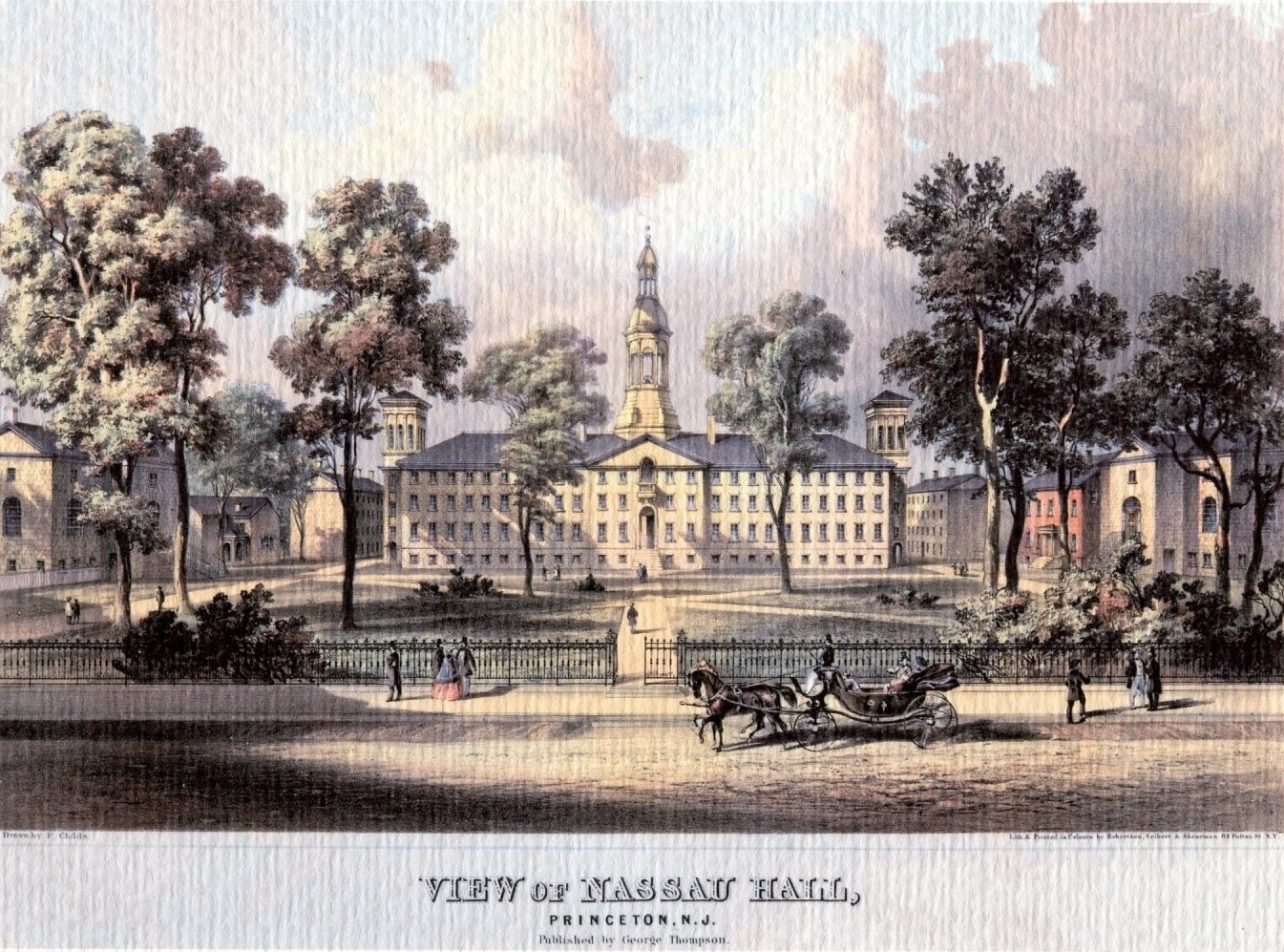by April C. Armstrong *14
In this week’s installment in our recurring series, a newspaper remarks on an alum’s transformation, scientists rely on an artist’s skills, and more.
June 3, 1961—Sayre, Pennsylvania’s Evening Times says of a member of the Class of 1911, “What a lot of people don’t know about Thurman Arnold is that this bete noir of big business came out of Wyoming so shy a student at Princeton that nobody knew he was there.”

June 4, 1976—Nancy B. Perestman ’76 vows to address academic pressure as a newly elected alumni trustee, saying she was “appalled” to see a packed library on weekends.
June 5, 1950—German exchange student Werner Hoffman ’51 is expressing support for the Schuman Plan, which will integrate French and German coal and steel markets (a first step to what future generations will know as the European Union).

June 8, 1918—Howard Russell Butler, Class of 1876, is with the U.S. Naval Observatory eclipse viewing party not as a scientist, but as an artist. His painting of the total solar eclipse captures what cameras can’t yet, and in vibrant color. Butler, a graduate of Princeton’s School of Science who has focused on art since his late 20s, developed a form of “shorthand sketching” to be able to prepare to paint the scene after only 112 seconds of viewing. This achievement—the first painting of its kind—will be heralded by scientists and lay people alike.

Did you read the previous installment in this series?
Fact check: We always strive for accuracy, but if you believe you see an error, please contact us.

